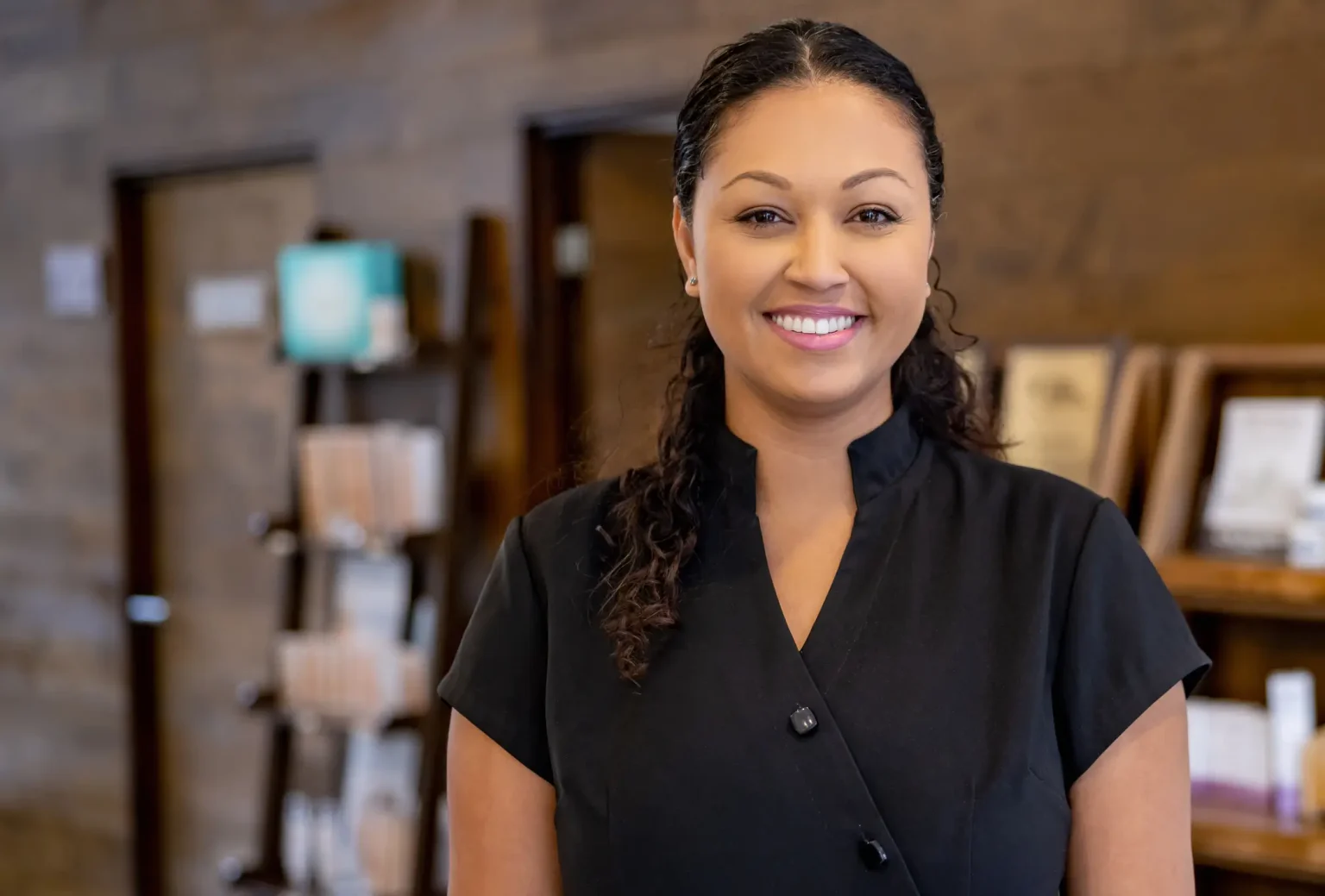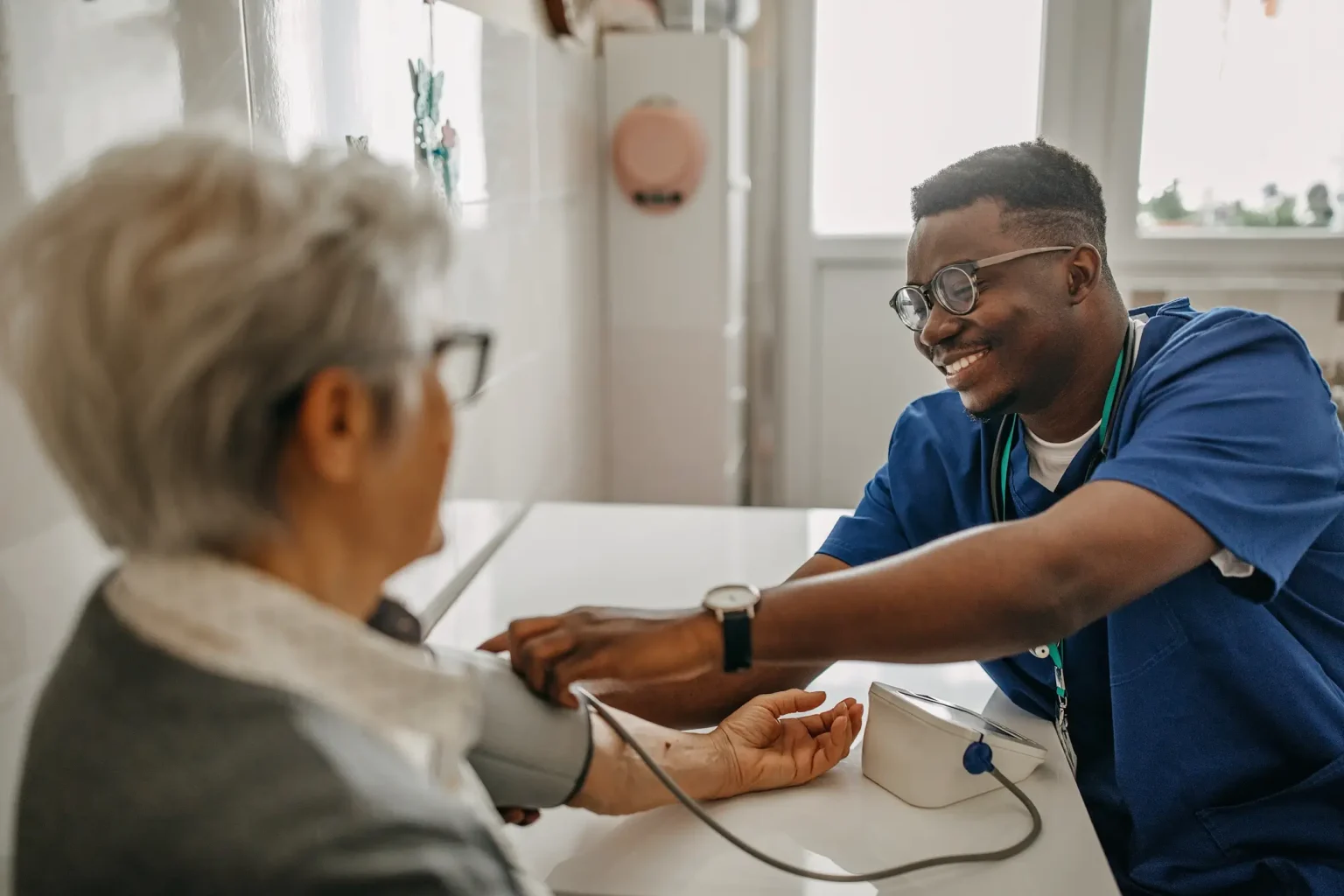
Program Path: Health and Wellness
Ready to become a massage therapist? Not sure if you need a license to practice in Georgia? There are some essential requirements you must satisfy before becoming a massage therapist. […]
Program Path: Healthcare
Vital signs and side effects are different yet inseparable topics. Doctors rely on both to guide medical decision-making. LPNs play a critical role in healthcare by monitoring vital signs and […]


Program Path: Healthcare
“Medical administration” is an umbrella term for administrative healthcare careers. Jobs are typically divided into two categories, office, and general administration. Both are excellent choices for organizational geniuses with good […]
Call Us Today or Complete The Form at the Top of The Page to Take the Next Step Toward Your New Career!

Gwinnett
Colleges & Institute
Gwinnett Colleges and Institute cannot guarantee employment or a minimum starting salary upon graduation; however, placement assistance is available upon successfully completing the selected program.
For state authorization and accreditation information, please refer to the location page associated with the campus you are interested in.
Disclosures and Catalogs
For Consumer Information, Disclosures, and Course Catalogs, please click the above link.
Sources and related content